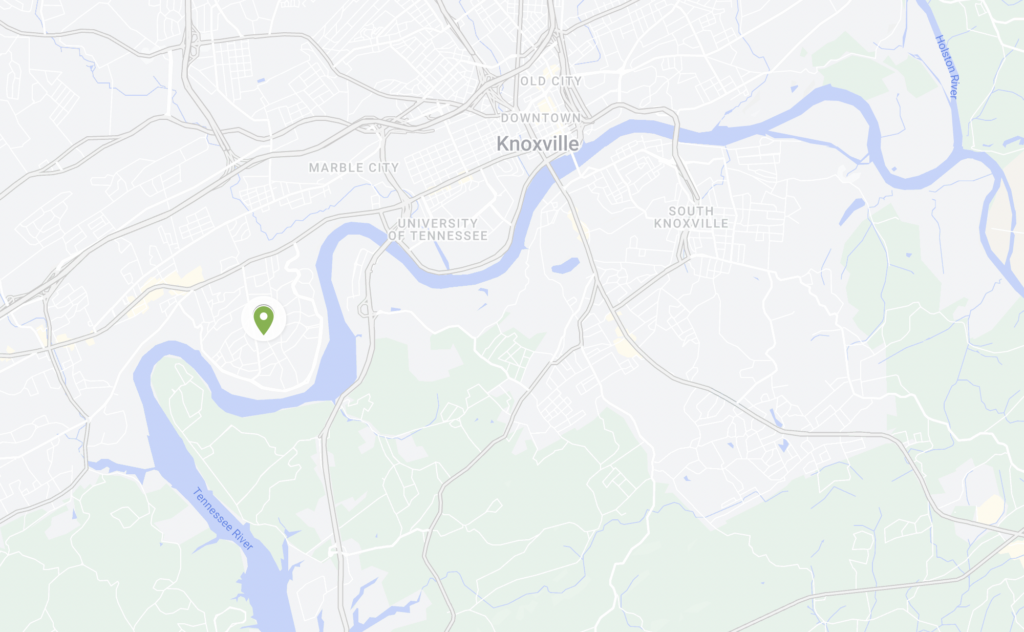Case Study 1
Bringing the needs of other species into alignment with the human desire for aesthetic fulfillment.
The homeowner had recently moved to Knoxville and wanted to use native plants to create beauty in their garden. The site was significantly overgrown with english ivy which needed to be addressed prior to installation. When managing invasive species, time horizons differ depending on the plant species we are managing and the amount of space they cover. For this project, we worked to eradicate the ivy throughout the summer, leading to an installation during the same year.

The dense layer of english ivy covering the ground on this property is a common remnant from the Mid-century in Knoxville. This vine has become highly problematic throughout the city, and more broadly throughout the Southeast region. Fortunately, it is a plant that can be eradicated more easily than others.
The solution for this property involved implementing a strategic approach to eradicating the english ivy and designing a planting that could sustain the shady, dry conditions. Because the site was relatively small, we decided to remove the vines and root matter manually. This would allow us to work more thoroughly during the first visit. Minimizing the amount of work the be done during follow up visits.
We selected shrubs like bottlebrush buckeye (Aesculus parviflora) and American witch hazel (hamamelis virginiana) to create a seasonal screen. Ground covering plants, such as creeping phlox (Phlox stolonifera), golden groundsel (Packera aurea), and cherokee sedge (Carex cherokeensis) were selected to colonize natural areas. We used a variety of ferns and dwarf shrubs as filler throughout the design, and several were selected specifically to provide fall color.
This project required the manual removal of english ivy from the site prior to installation. During the first visit, we removed the bulk of the biomass from the site, extracting as much root matter as possible without sacrificing efficiency. Two follow up visits allowed us to work slowly and thoroughly to remove the remainder of the root matter, which was easily identifiable as new growth appeared. Once the ivy was thoroughly dealt with, we installed new plant communities. The client requested a semi-formal garden with naturalized areas. We accomplished this by using mostly low growing plants alongside of some specimen shrubs, grasses, and ferns.
The main challenge at this site has been impoverished soil. This, along with the presence of thirsty eastern Hemlocks and the client’s desire to maintain a semi-formal appearance by using conventional mulch, have lead to conditions that make it challenging for some species to colonize. Along the way, we have shifted the plant selection in order to accommodate these unique circumstances. Specifically, we replaced plants that died with sedges and flowers adapted to dry woodlands — Cherokee sedge (Carex cherokeensis), phlox spp., Bottlebrush Buckeye (Aesculus parviflora), and St. Johnswort (Hypericum frondosum) are some of the staples of this planting.